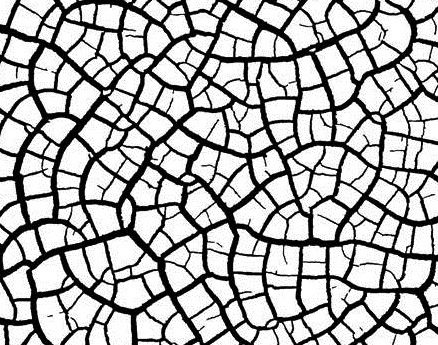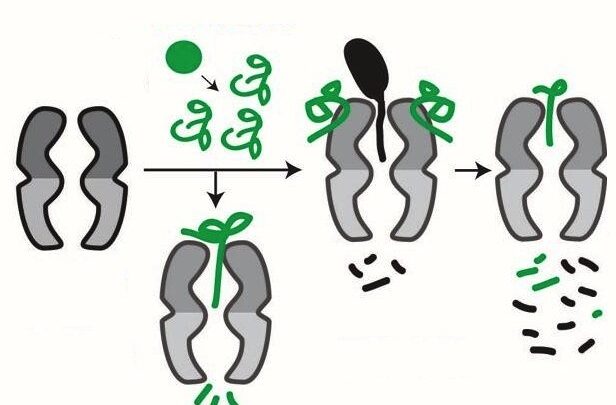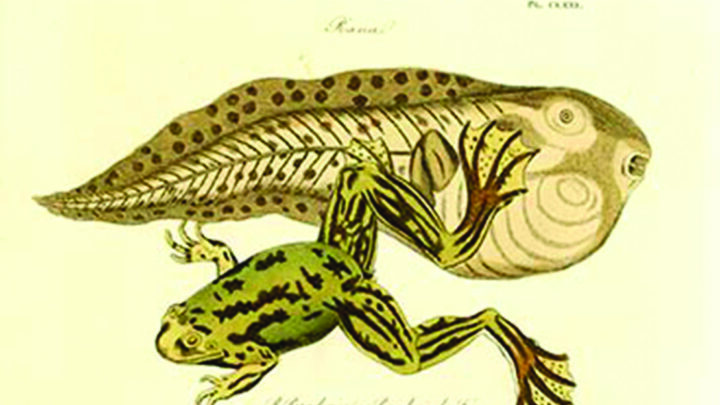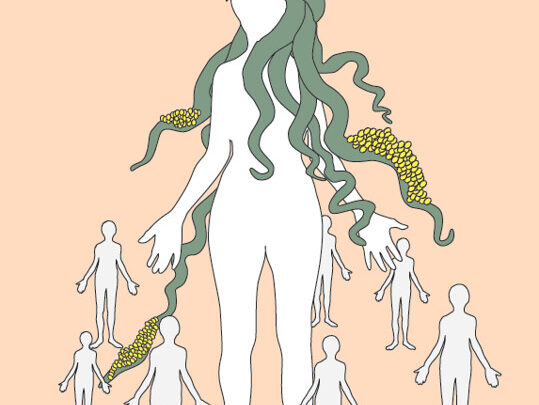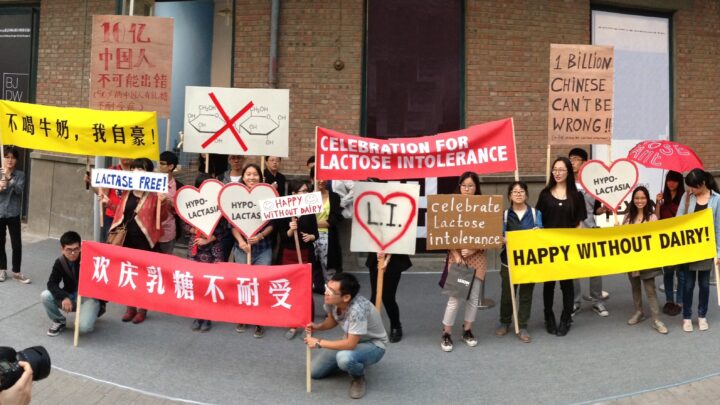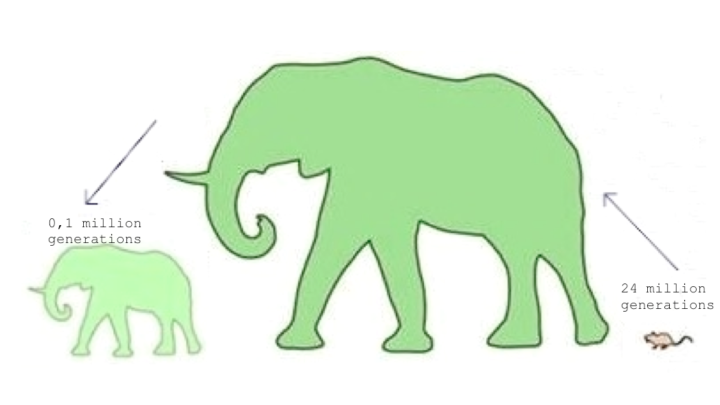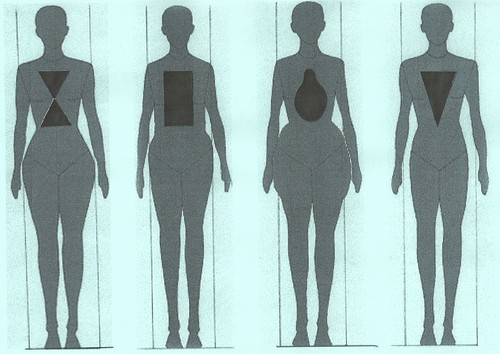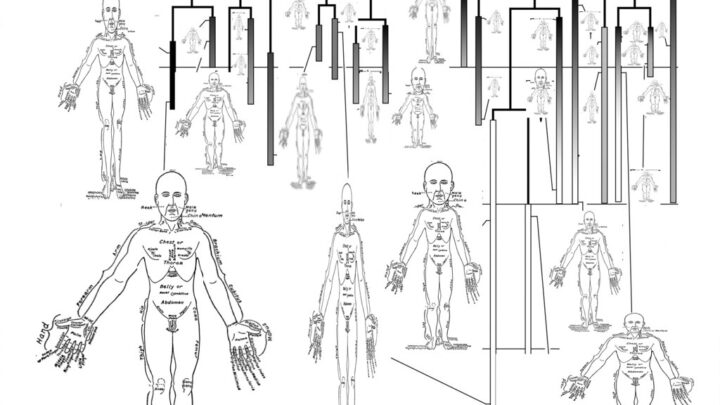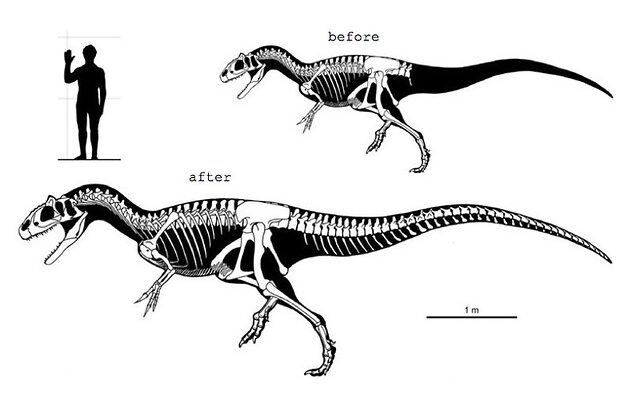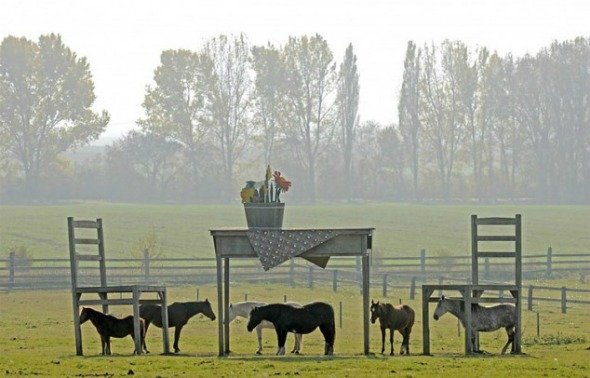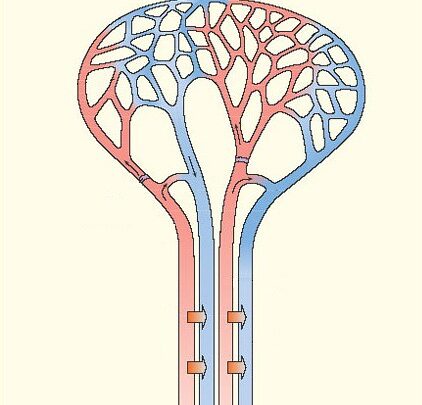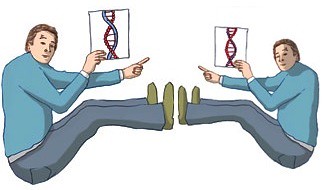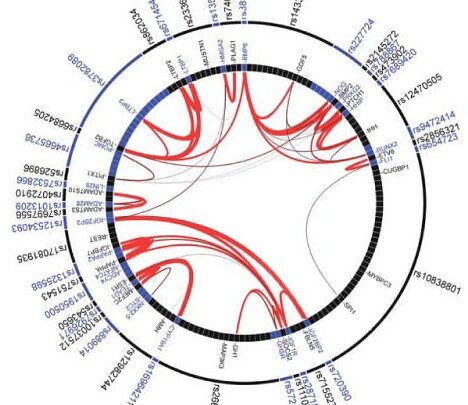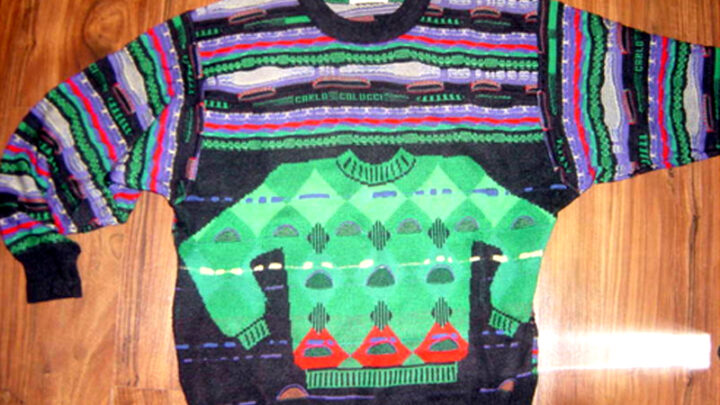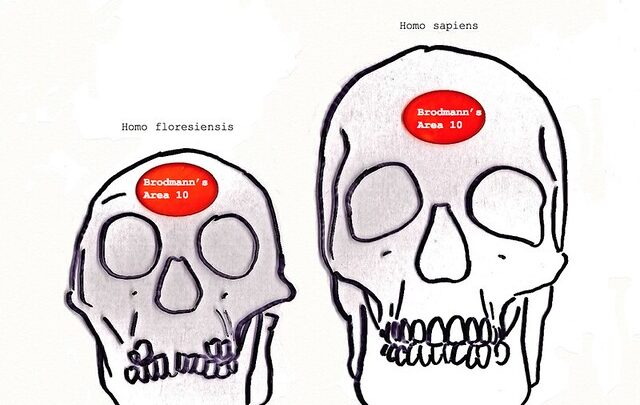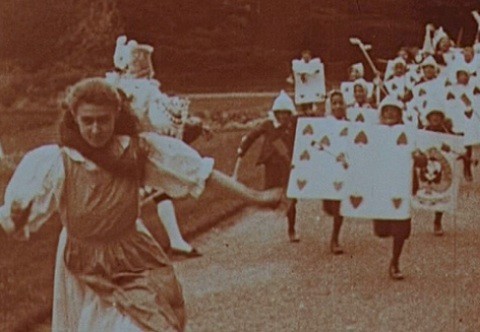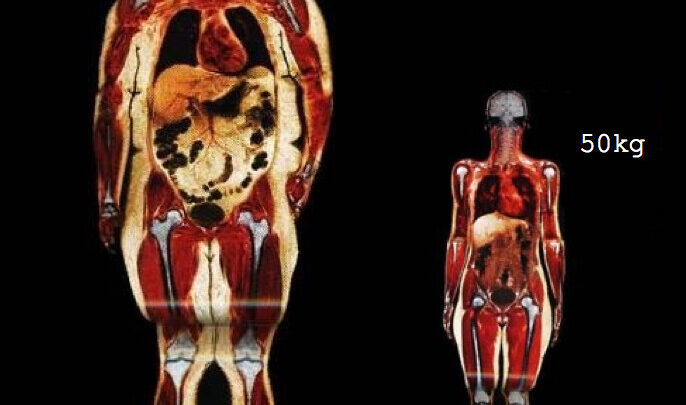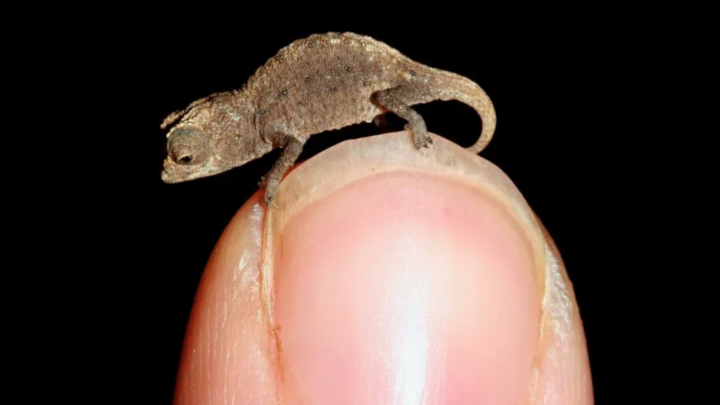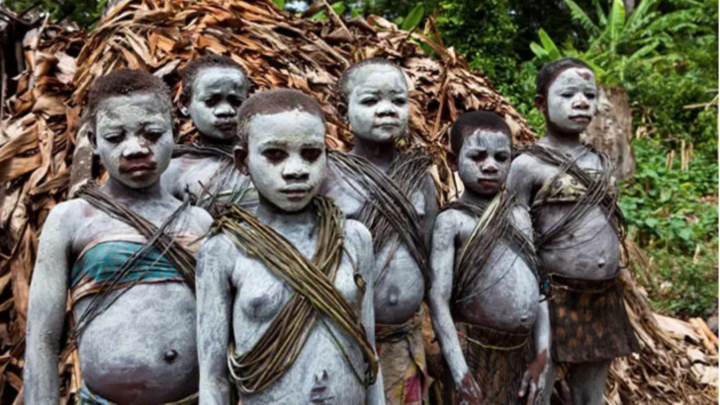Category: Evolution
Microbial Temper Tantrums
March 22, 2014In stressful conditions, cells must prevent the initiation of replication and shift their priorities to protective functions. In other words: they must stop division and growth. Experiments in bacteria at the University of Massachusetts Amherst have uncovered the mechanism that translates stress into blocked cell growth.…
Paradoxical Frog
January 14, 2014Japanese Miniatures: Pygmy Squid Bukkake
December 9, 2013Bigger males, both human and animal, are generally more successful in attracting and being selected by females. But not in all species. The Incredible Shrinking Man seeks inspiration from those few species where females favour the small, like Idiosepius paradoxus, the Japanese Pygmy Squid. The mating rituals…
Celebrate Lactose Intolerance
October 5, 2013Exaggerated consumption of milk stimulates an undesirable increase in human height through stimulation of the production of growth hormone. Milk cows also have a considerable environmental footprint because they’re fed high protein diets. One of humanity’s defense mechanisms against these two undesirable effects is lactose…
